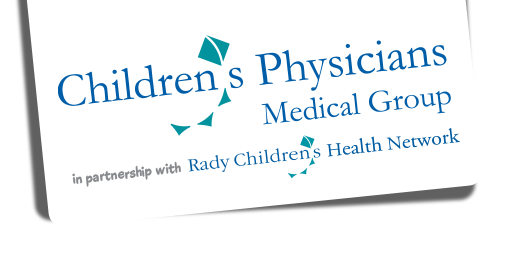Spring Allergies
With spring around the corner, we can finally look forward to longer and warmer days. And thanks to all of the rain, this year is shaping up to be quite the year for outdoor allergies. Seasonal allergic rhinitis, more commonly known as “hay fever,” affects millions of people of all ages. Although allergies can start at any time, they usually start in childhood and continue throughout life. Aside from allergy shots, there’s typically not a cure for allergies, but luckily for today’s allergy sufferers, there’s lots of help to relieve symptoms and keep them under control.
So let’s begin our allergy conversation by understanding what an allergy is. Really, an allergy is just the body reacting to what we call an allergen, be it dust, pollen, mold, grass, food, animals, insects, or countless other substances. So how does one become allergic? Well, it all begins when your body’s immune system mistakes something that is normally considered “harmless” for a dangerous invader (also known as an allergen). The end result of this so-called mistake is the production of antibodies, which remain on high alert for that particular substance, or “allergen.” When you’re exposed again and again to the allergen, the body overreacts and the antibodies release a number of immune system chemicals, such as histamine, which cause the typical allergy symptoms: itchy nose and throat, runny or congested nose, teary, pink eyes, or, more significant symptoms, such as hives, wheezing, and anaphylaxis. For today’s lesson, we will only concern ourselves with the non-life threatening, more common, allergies.
Now the question of “how do I know if it’s an allergy and what is my child allergic to?” Well, some allergies are easy to identify as symptoms follow a known exposure, while others might not be so obvious and may mimic another condition, such as a virus or a cold. With careful observation, there may be signs that can help you identify the symptoms as allergic, but you have to be suspect about them: chronic cold-like symptoms (lasting well more than a week or two), symptoms that develop at about the same time every year, and itchiness. Be it of the eyes, ears, nose, throat, or skin, itchiness is not typically seen with a cold, but it’s seen all the time with allergies. If you’re uncertain and want to know what your child is allergic to, you can have your child skin tested by an allergist, or you can ask for a simple blood test, known as a RAST, which has the ability to check for a multitude of allergies.
Lastly, it’s time to discuss treatment. First and foremost, if possible, avoid the offending allergen(s). If it’s not possible, or if you’re uncertain as to what the allergen is, there are plenty of treatment options available and most are over the counter. The two most common treatments are long acting anti-histamines and nasal steroids. Amazingly, both are very safe and effective. If your child is under two years of age, you will need to ask your pediatrician how to dose them. Additionally, there are still allergy medications that require a prescription, and finally, if symptoms continue in spite of medication, the next step would be immunotherapy (allergy shots). Good luck in the coming season, and wishing everyone great allergy control and a wonderful spring.





